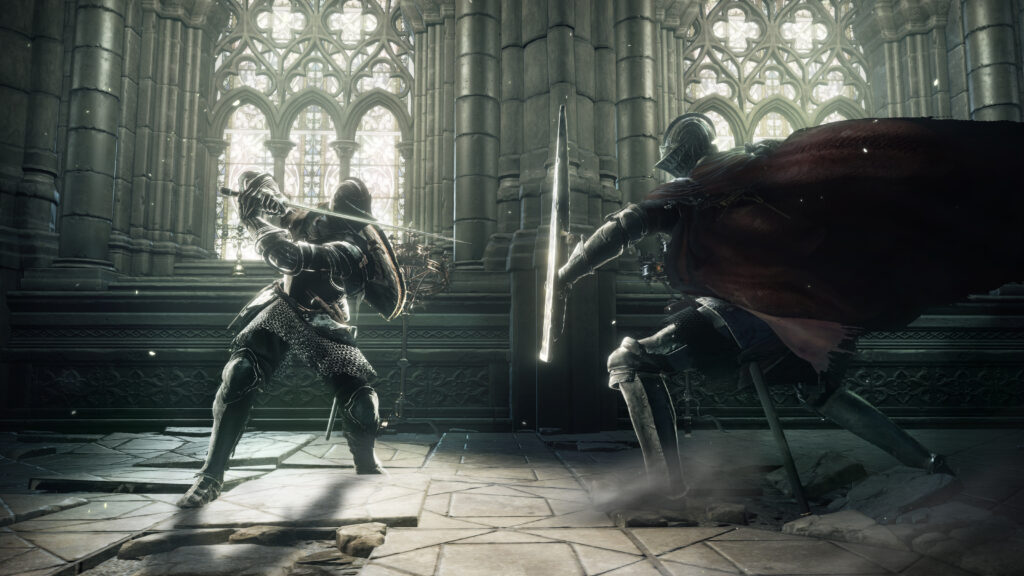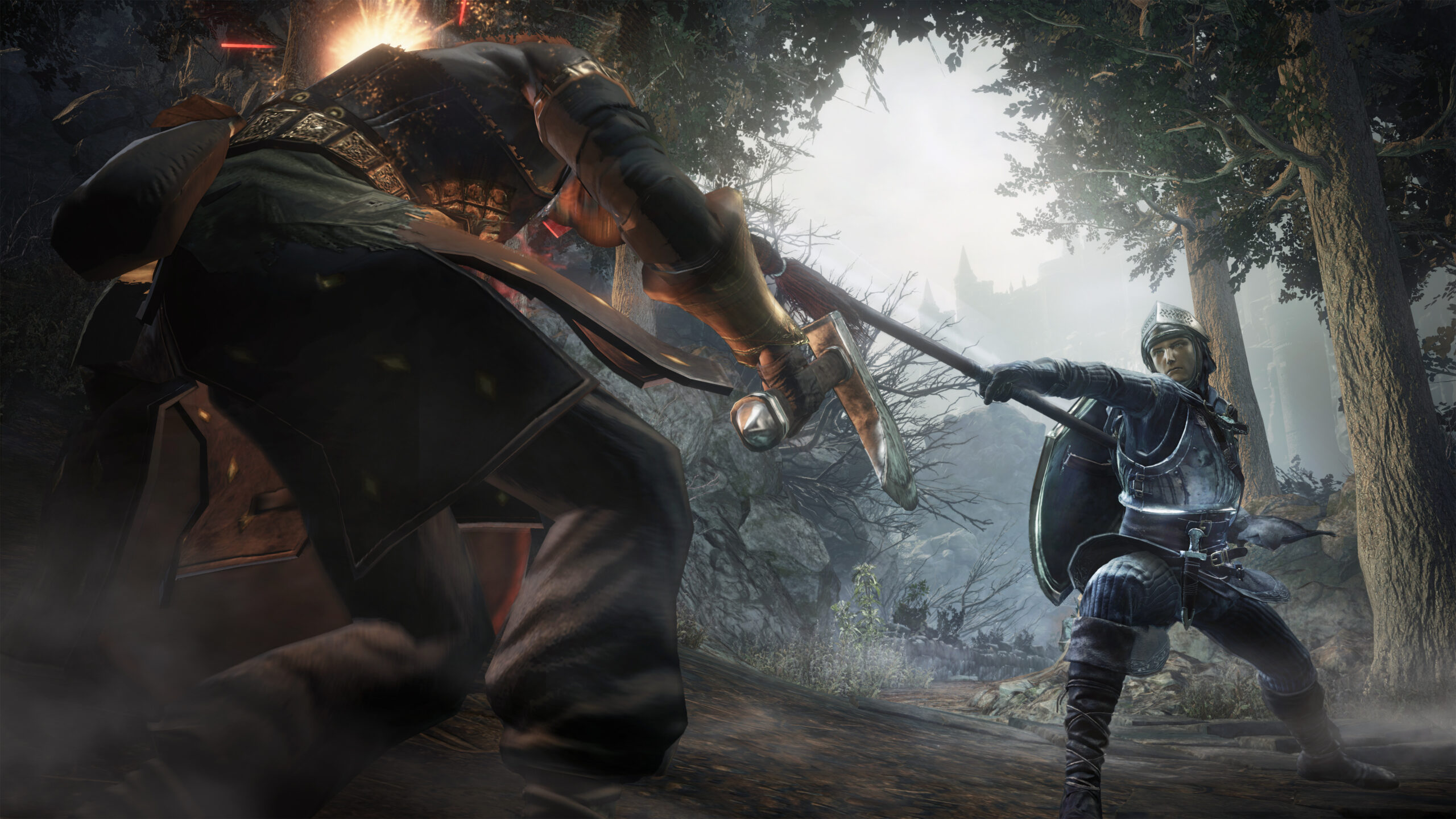The gaming world has always been a space for creativity, competition, and escapism. However, over the past few years, something revolutionary has been happening at the intersection of gaming and blockchain technology. Non-fungible tokens (NFTs) have quickly gone from a niche concept, primarily associated with digital art and collectibles, to a driving force in reshaping the very nature of gameplay and digital ownership. Whether it’s owning virtual land, trading rare in-game assets, or playing to earn cryptocurrency, NFTs are transforming gaming in profound ways.
But what exactly are NFTs, and how are they changing the gaming landscape? Why are players and developers alike paying attention to the rise of NFTs in gaming? This article will dive into the exciting ways NFTs are bridging the gap between collectibles and gameplay, offering new possibilities for how we play, create, and invest in virtual worlds.
What are NFTs and How Do They Work?
At the heart of the NFT revolution in gaming is the technology behind Non-Fungible Tokens. To understand how NFTs are shaping gaming, we first need to grasp their basic definition and function.
An NFT is a digital asset that represents ownership of a unique item or piece of content, typically stored on a blockchain. Unlike traditional cryptocurrencies such as Bitcoin or Ethereum, which are fungible and can be exchanged on a one-to-one basis, NFTs are “non-fungible,” meaning each one is unique and cannot be replaced by another. Think of NFTs as digital certificates of authenticity, verifying the ownership and provenance of an item in a way that is secure, transparent, and verifiable.
In the context of gaming, NFTs can represent anything from virtual land, weapons, and characters, to entire game worlds or experiences. These tokens are stored on the blockchain, ensuring players have verifiable ownership over their assets. The uniqueness and scarcity of NFTs make them valuable, as they offer something that traditional gaming systems cannot: true ownership of digital items.
See more: Using an NFT Launchpad to Launch NFTs: A Beginner’s Guide
In traditional gaming, players often spend hours earning or purchasing in-game items. However, these items are locked into the game’s ecosystem and have no value outside of it. NFTs change this by allowing players to buy, sell, trade, or use their digital assets in different games or platforms. This ownership and the potential for scarcity create a new economy where digital goods can be bought and sold much like physical collectibles.
NFTs in Gaming: The Rise of Play-to-Earn (P2E) Models
One of the most exciting applications of NFTs in gaming is the rise of Play-to-Earn (P2E) models. P2E games allow players to earn real-world value—often in the form of cryptocurrency or NFTs—by participating in the game. This marks a departure from traditional gaming models, where players typically spend money without any direct monetary reward.
In P2E games, players can earn cryptocurrency or valuable NFTs by completing in-game tasks, participating in battles, or collecting rare assets. For instance, in Axie Infinity, one of the most successful P2E games, players collect and battle creatures called Axies, which are NFTs. By winning battles and completing challenges, players earn Smooth Love Potions (SLP), a cryptocurrency that can be traded or exchanged for real money. Axie Infinity’s success has led to a whole industry of players in regions like Southeast Asia, where gaming has become a viable source of income.
Other platforms, such as The Sandbox and Decentraland, are also driving the rise of P2E gaming. These games allow players to purchase virtual land, create digital assets, or engage in user-generated content that can be bought and sold. In Decentraland, for example, players can buy, sell, and develop virtual real estate, which is tokenized as NFTs. These players not only enjoy the game but also stand to gain financially, further cementing NFTs as a powerful tool for the gaming economy.
The economic implications of P2E games are especially profound for developing regions. In countries with limited job opportunities, games like Axie Infinity have allowed people to earn a living, turning gaming into a legitimate career path. This ability to monetize in-game actions offers unprecedented financial empowerment, making NFTs a transformative tool for gamers worldwide.
Digital Ownership and the Future of In-Game Assets
One of the most significant shifts NFTs have brought to gaming is the concept of digital ownership. Traditionally, when players purchase an in-game item, they don’t truly own it. The item is confined to the game’s ecosystem, and if the game is shut down or the item is removed, players lose access to it. NFTs, on the other hand, offer a form of ownership that extends beyond the boundaries of the game itself.
When an in-game item is tokenized as an NFT, it becomes part of the blockchain, where it can be transferred, sold, or even used in other games. This true ownership gives players more control over their in-game assets, something that has never been possible before. Players no longer need to rely on the game’s publisher to maintain or restore access to their assets—if they own an NFT, they own it indefinitely.
Additionally, NFTs enable a new level of interoperability. In traditional games, assets are typically locked within a single game. But with NFTs, players can move their digital items between different platforms and games that support the same blockchain. For example, a rare sword NFT earned in one game could potentially be used in another game, if both are built on the same blockchain. This opens up entirely new possibilities for cross-platform experiences and the growth of virtual economies.
Furthermore, NFTs also enable players to create and sell in-game content, further blurring the lines between gaming and digital entrepreneurship. In games like The Sandbox, players can design and sell their own digital assets, whether it’s artwork, clothing, or even entire virtual environments. This ability to create and profit from content adds an additional layer of creativity and income generation to gaming, empowering players to become both consumers and producers.
NFTs and the Evolving Game Development Landscape
NFTs aren’t just changing how players interact with games; they’re also revolutionizing the game development process itself. Blockchain technology offers new revenue models that allow developers to monetize their games in ways that were previously impossible.
Traditionally, game developers rely on upfront game sales, in-game purchases, or subscriptions to generate revenue. However, with NFTs, developers can create a secondary market for in-game assets. By issuing limited-edition items or selling exclusive NFTs, developers can earn ongoing revenue from players who buy, sell, and trade assets on external marketplaces. This creates a more dynamic, player-driven economy that continues to generate revenue long after the game’s release.
Moreover, NFTs offer a unique opportunity for indie developers to bypass traditional publishing models and engage directly with players. By incorporating NFTs into their games, indie developers can create niche communities and raise funds through the sale of virtual goods. This decentralized approach to game development is empowering smaller studios to take risks and experiment with new ideas, leading to more diverse and innovative gaming experiences.
In addition, decentralized governance is another exciting feature that blockchain-based games bring to the table. Through Decentralized Autonomous Organizations (DAOs), players can have a say in the direction of the game. Players can vote on game updates, the distribution of rewards, or changes to the game’s economy, ensuring that the development process is more transparent and community-driven.

Challenges and Criticisms: Is the NFT Gaming Boom Sustainable?
Despite the excitement surrounding NFTs in gaming, there are several challenges and criticisms that need to be addressed.
One of the most significant concerns is the environmental impact of blockchain technology. Many NFTs are built on proof-of-work blockchains, which require considerable computational power and energy to validate transactions. This has led to concerns about the carbon footprint associated with NFT creation and transactions. However, some blockchain networks are adopting more energy-efficient proof-of-stake systems, and there is increasing momentum toward finding more sustainable solutions for NFTs.
Another criticism of NFTs in gaming is their speculative nature. The value of NFTs can fluctuate wildly, with certain in-game assets becoming highly coveted and driving up their price, while others lose value quickly. This speculative environment can lead to a “pay-to-win” model in which wealthier players can purchase rare and powerful NFTs to gain advantages in the game, creating an unfair playing field. Developers are working to balance these issues by implementing mechanisms to ensure fairness and regulate the value of in-game assets.
Additionally, some players are concerned about the market volatility and price manipulation that can occur in NFT markets. Since NFTs are bought and sold through external marketplaces, their prices are subject to fluctuations based on supply and demand, as well as speculative trends. This unpredictability can make the NFT space appear risky and unstable, particularly for those unfamiliar with cryptocurrency markets.
The Future of NFT Gaming: Trends to Watch
The future of NFT gaming holds exciting potential, and several key trends are likely to shape the next phase of this revolution.
One of the most exciting developments is the expansion of virtual worlds. As platforms like The Sandbox and Decentraland continue to evolve, we can expect to see even more interconnected, immersive virtual spaces where players can buy, sell, and trade assets. This could lead to the creation of a metaverse, a network of interconnected virtual worlds where assets can move freely between different games and platforms.
Additionally, the integration of NFTs into esports is an area to watch closely. As competitive gaming continues to grow, NFTs could become an essential part of the prize pool, with rare digital assets or in-game items being awarded to winners. This would not only make esports more dynamic but also add a new layer of ownership and trading to the esports industry.
Lastly, major gaming companies like Ubisoft and Electronic Arts are beginning to explore NFTs and blockchain technology, signaling the broader mainstream adoption of these technologies. As more big players enter the NFT gaming space, we can expect to see a wave of innovation that brings NFT-based gaming to a much larger audience.
Conclusion
NFTs are more than just collectibles; they are transforming how we play, create, and invest in virtual worlds. From enabling true digital ownership to creating new economic opportunities through play-to-earn models, NFTs are reshaping the gaming landscape in profound ways. As the gaming world continues to evolve, the intersection of NFTs and gaming will undoubtedly open up new possibilities for developers and players alike.
Are you ready to embrace the future of gaming? The world of NFTs is changing the way we think about digital assets, and it’s only just getting started. How will you participate in this exciting new era?



